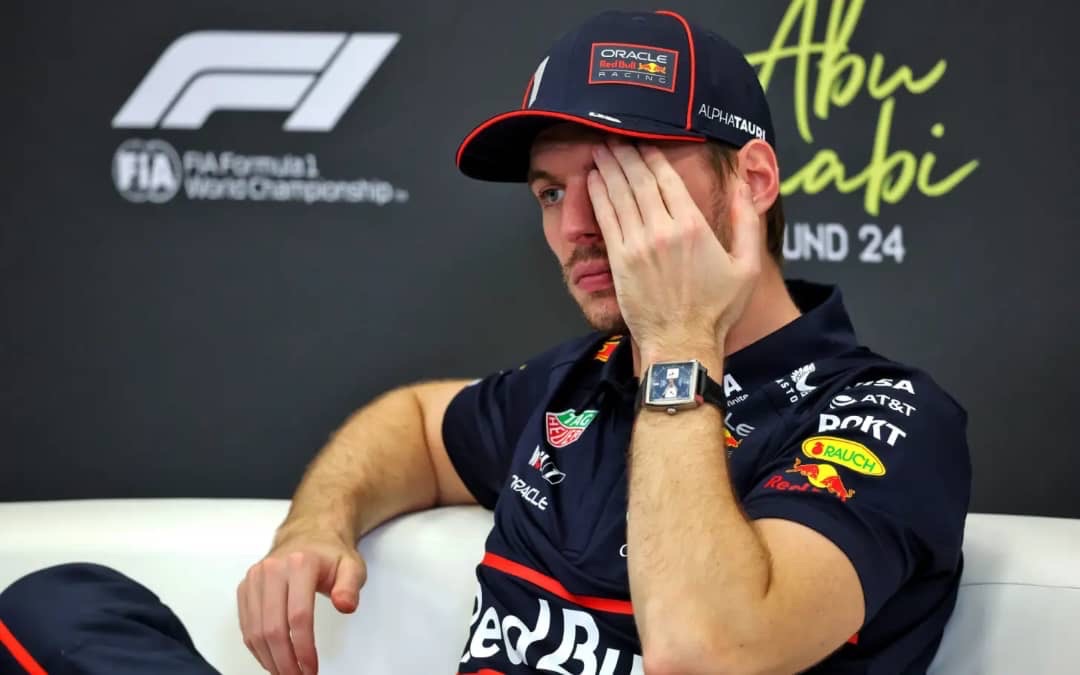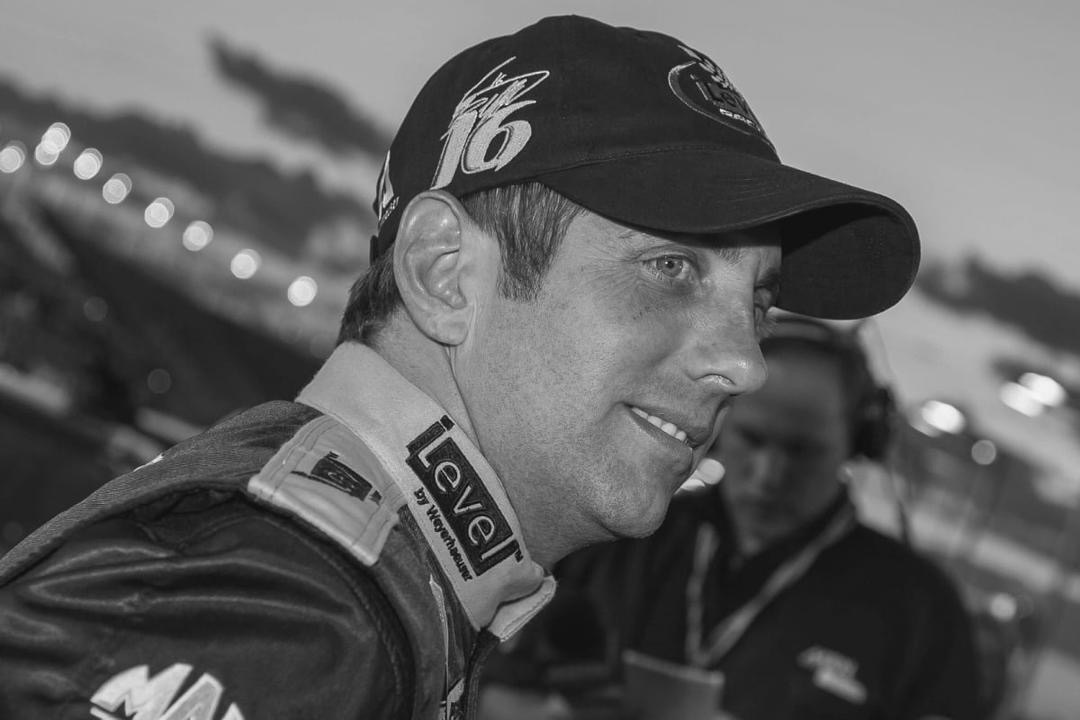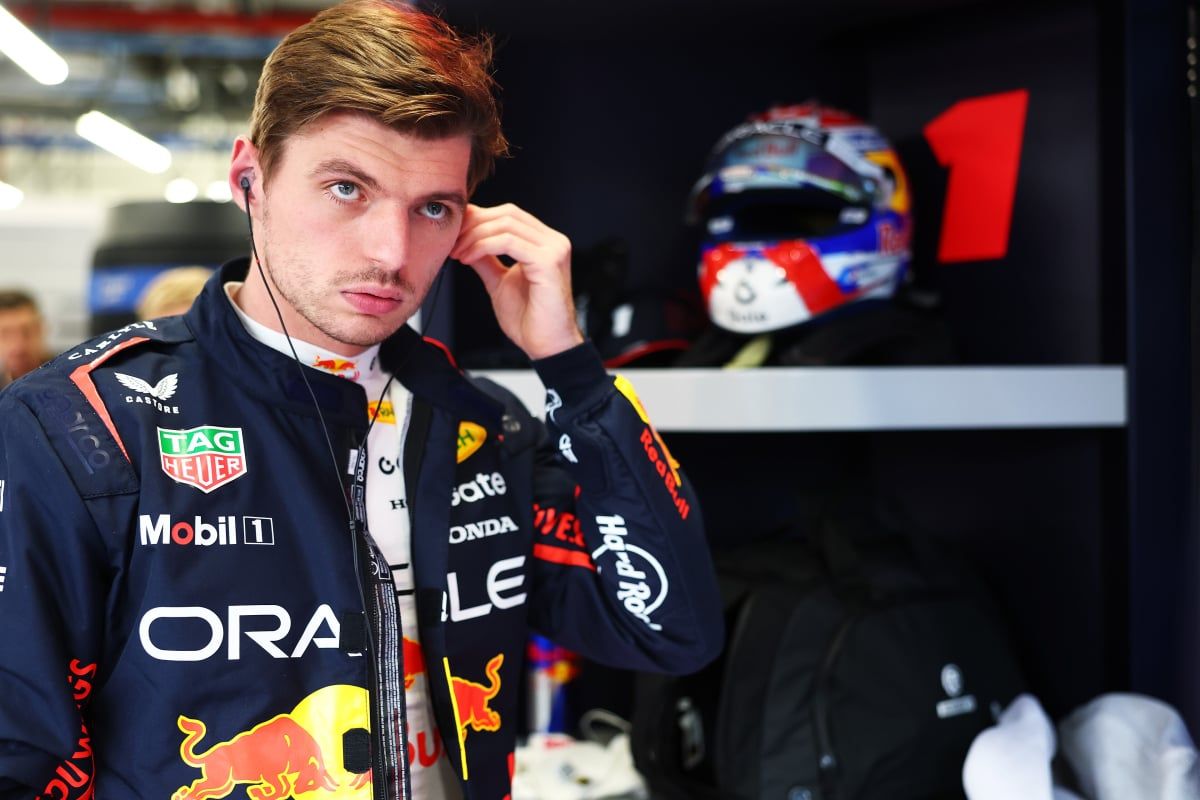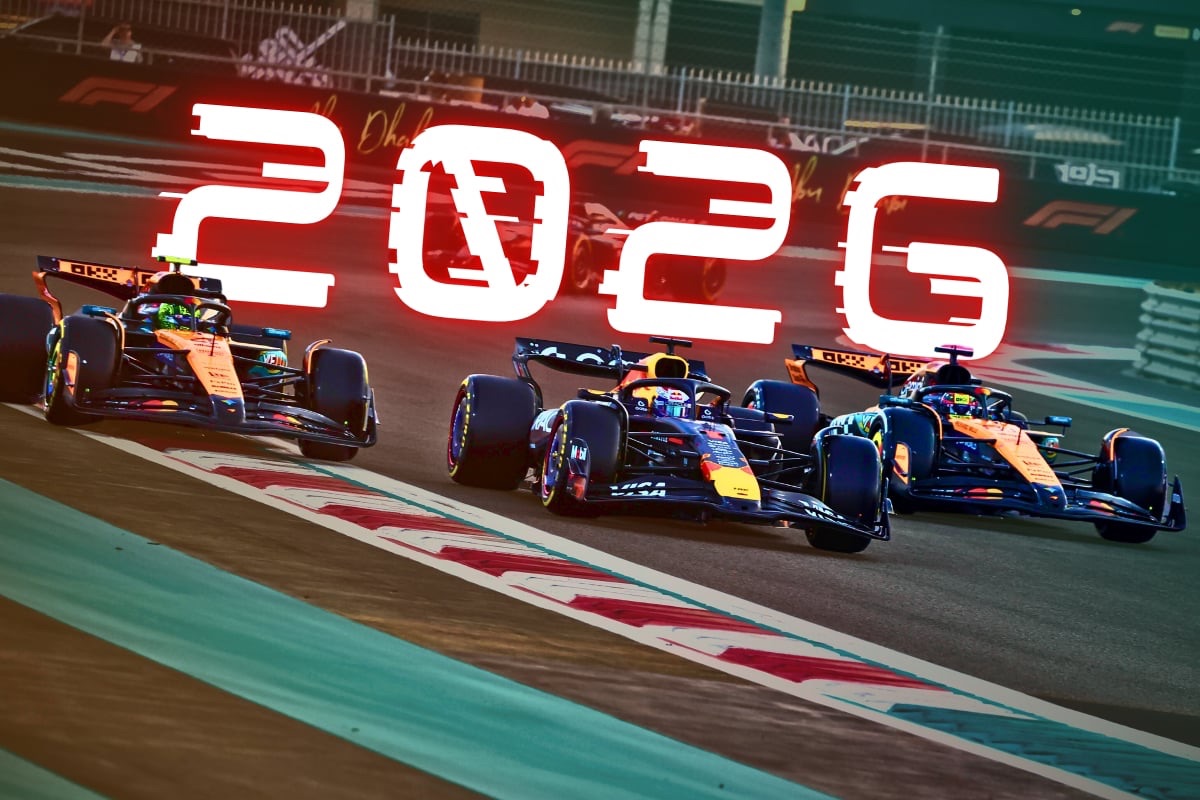Tsunoda’s violent Imola flip forces Red Bull to rebuild car and accept pit-lane start
Red Bull’s Saturday at Imola turned chaotic after Yuki Tsunoda suffered a wild qualifying crash that inverted his RB21 and forced a total rebuild. In a late bulletin, the FIA ruled that because the rebuilt car contains multiple components of different specification, Tsunoda must start Sunday’s Emilia-Romagna Grand Prix from the pit lane under Article 40.9(a) of the 2025 Sporting Regulations.
How the accident happened
Barely five minutes into Q1, Tsunoda attacked the Villeneuve left-right complex too aggressively, clipping the inside kerb as he exited Tamburello. The strike unsettled the car, launching it across the grass and nose-first into the TecPro barrier. Momentum flipped the chassis upside-down, where it skidded on its halo and roll hoop before righting itself. The session was red-flagged while marshals attended, yet the 25-year-old climbed out unaided and, after precautionary checks, was declared fit.
Speaking later, Tsunoda admitted he “pushed a fraction too much” and called the mistake “painful for the crew and the championship,” but expressed gratitude that the safety structures prevented injury.
Overnight rescue job
Inspection revealed the survival cell was compromised. Red Bull therefore fitted a new monocoque and, in the process, installed a fresh internal-combustion engine, turbocharger, both energy-recovery motor-generator units, an energy store, new control electronics and a complete exhaust system. FIA scrutineers logged every change; because several parts are of a newer specification than those sealed earlier in the event, the regulations mandate a pit-lane start.
Originally set to occupy P20 after failing to record a lap, Tsunoda will now leave the garage only after the entire field has passed pit exit at the end of the formation lap—a deficit of roughly eight seconds on a circuit where passing opportunities are scarce.
Strategic knock-on effects
A pit-lane release offers two small consolations: freedom to start on any tyre compound and permission to make last-second set-up tweaks under parc fermé. Engineers are already plotting whether a hard-tyre opening stint, banking on early Safety Cars, might claw back track position.
Long-term, the crash is costly. This rebuild pushes Tsunoda closer to his season allocation limit for power-unit elements, raising the spectre of grid penalties later in the year. It also strains Red Bull’s spare-parts budget under Formula 1’s tight cost cap, diverting resources as the team chases both world titles.
Safety verdict
The incident marks Formula 1’s first single-car inversion since Zhou Guanyu’s 2022 Silverstone shunt. FIA safety boss Tim Goss praised the halo and the reinforced roll-hoop “for responding exactly as designed,” while medical delegate Dr Ian Roberts confirmed deceleration forces peaked at 28 g—well within modern survival criteria.
What to watch on Sunday
Tyre offsets: Free compound choice may let Tsunoda undercut midfield runners if an early caution neutralises the time loss of his start.
Car behaviour in traffic: Red Bull’s latest floor update has untested turbulence sensitivity; Tsunoda’s recovery drive will generate valuable data.
Psychological rebound: Team leadership has lauded his 2025 maturity. How he responds could influence contract talks for 2026.
Imola’s tight confines mean a points finish remains a tall order, but recent races have shown Tsunoda’s race-craft has sharpened. Whether he charges into the top ten or merely gathers data, Saturday’s scare is a stark reminder of the razor’s edge drivers tread—and of the remarkable advances that let them walk away to fight again the very next day.



